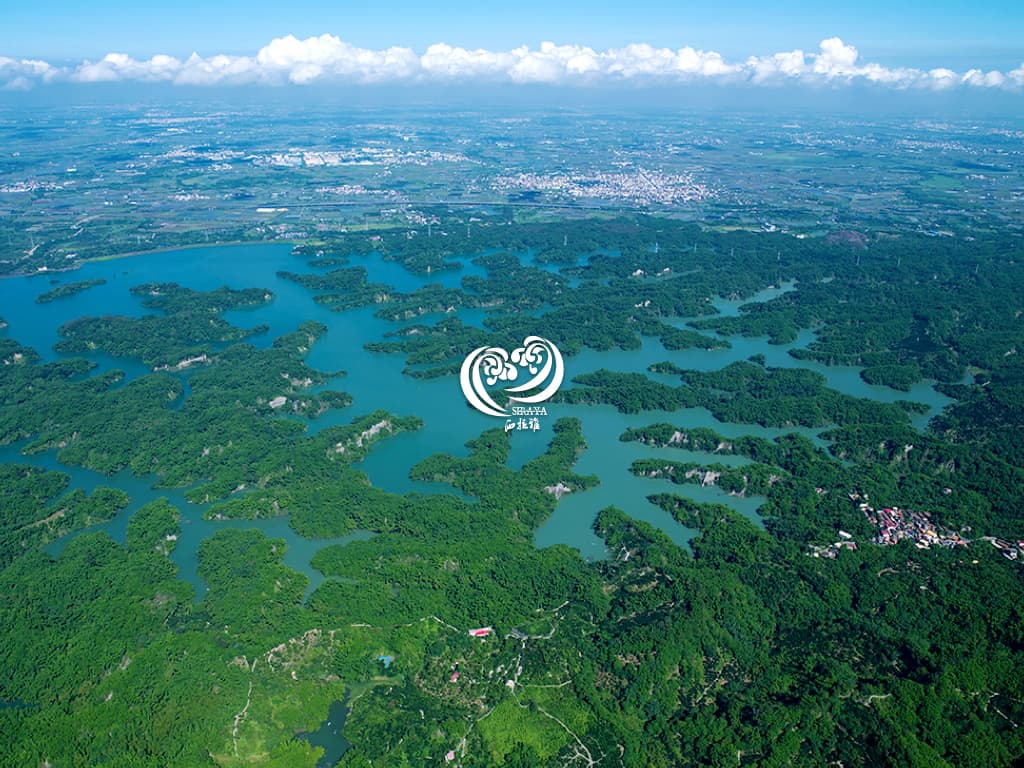Tainan Zuojhen Fossil Park Introduction
The Cai Liao Stream Basin possesses a unique fossil treasure trove that has attracted attention since 1931. Ichiro Hayasaka, a geology professor at Taihoku Imperial University, collected many antler fossils in the Cai Liao Stream Basin while conducting geological surveys in Tainan. He worked with a local resident, Mr. Chen Chunmu (later known as "Fossil Grandpa"), to collect precious fossils of ancient elephants, rhinos, water buffaloes, and other animals, establishing Cai Liao Stream as a hub for the study of Taiwan's paleontology. This later led to the establishment of the Cai Liao Fossil Museum, which has since been renovated and expanded into what is now known as the Tainan Zuo Chen Fossil Park. Countless fossils have been unearthed at Cai Liao Stream, including a human skull from Zuo Chen and rhino teeth. Thanks to collaboration between scholars from Taiwan and Japan and the team from the National Museum of Taiwan History, highly complete rhino fossils were excavated, which lived approximately 900,000 to 450,000 years ago and were named Hayasaka's Chinese Rhino. The Zuo Chen Fossil Park has accumulated collections of woolly mammoths, saber-toothed tigers, ancient deer, crocodiles, and marine and terrestrial fossils, with the abundant terrestrial vertebrate fossils being a major characteristic. Along with fragments of human skulls from Zuo Chen and the restored skeleton of Hayasaka's Chinese Rhino, it is truly an irreplaceable fossil treasure in Taiwan. Today, the Zuo Chen Fossil Park has transformed from a single building into five major exhibition halls. The Natural History Education Hall simulates the stratified rock walls of Zuo Chen, offering interactive experiences such as fossil excavation and riverbed fossil observation. The Story Hall introduces the Xilaliya people, showcasing artifacts including the Xinguang manuscripts, highlighting the contributions of "Fossil Grandpa" Chen Chunmu throughout his life collecting fossils. The Life Evolution Hall presents the invasion of marine life and features dinosaurs that once ruled the Earth in the atrium, followed by the rise of mammals on the historical stage, witnessing the flourishing and decline of life evolution. The Fossil Hall has an augmented reality interactive sand table to understand the sources of fossils in the Cai Liao Stream Basin, with the most striking exhibit being the complete skeleton of Hayasaka's Chinese Rhino. The Exploration Hall reveals the mysteries of the Zuo Chen people, while the Fossil Restoration Room offers a glimpse of the restoration process of fossils. In the Painted Magic Interactive Classroom, visitors can interact with and feed the Cai Liao Basin fauna they have colored. Source: Tainan Zuo Chen Fossil Park website.


























